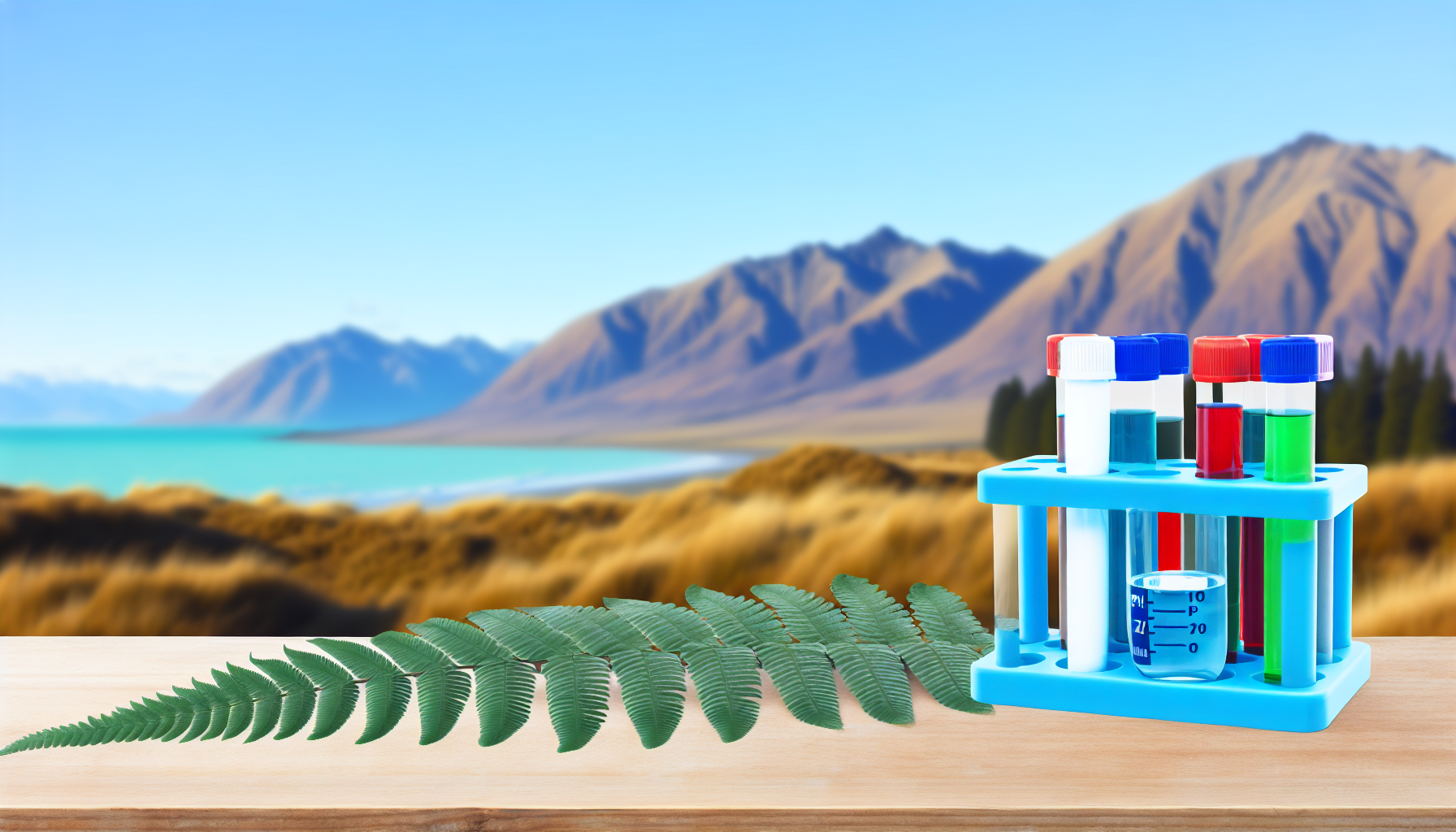Right, so you’ve got a pool—or maybe you’re thinking about putting one in—and now you’re hearing people talk about “pool test kits” like it’s something everyone just magically knows how to use. But here’s the truth: most of us have no idea what we’re doing at first. Don’t stress, though—it’s not rocket science. Let’s break it down and talk through what you really need to know as a beginner.
Start with the Basics: What Is a Pool Test Kit?
Think of a pool test kit like your pool’s version of a check-up at the doctor. It helps you check the water’s health—things like chlorine, pH, and alkalinity—so it’s safe to swim in and doesn’t wreck your pool gear. You wouldn’t want to swim in water that’s going to irritate your skin or eyes, right? This is what helps you avoid that.
You’ve usually got two types of test kits: test strips and liquid drop kits.
- Test strips: These are super easy. Dip a strip into the water, wait a few seconds, and then match the colours to a chart.
- Liquid kits: A little more accurate, but you’ve got to mix water with drops and compare the colour to a chart. Bit of a science lab situation, but not too hard once you get the hang of it.
What Should You Be Testing For?
Here’s what matters:
- Chlorine: This keeps your pool clean by zapping nasty stuff like bacteria. Too little and it won’t clean properly. Too much and it’ll irritate your eyes or bleach your togs.
- pH: This is about the water’s balance. If it’s too high or low, chlorine won’t work properly, and the water can eat away at your pool gear.
- Total Alkalinity: Helps keep your pH stable. Kind of like the shock absorbers on your car—to keep things smooth.
- (Optional but handy) Calcium Hardness and Cyanuric Acid: These aren’t musts for beginners, but down the line they help with pool surface life and chlorine performance.
How Often Should You Test?
Here’s the deal—you’ve got to test your pool water at least once a week, no excuses. During summer when it’s getting more action (barbies, kids splashing, heaps of sunscreen floating around), test it 2–3 times a week.
After a big storm or a pool party with half the neighbourhood in it, definitely test it. All that rain dilutes the chlorine, and the sunscreen, sweat, and dirt throws things out of whack.
How to Actually Use the Kit: Quick Walkthrough
This is what you should do (assuming you’re using strips to start with—it’s easier for beginners):
- Grab a pool test strip.
- Dip it straight into the water elbow-deep, not just at the surface. Hold it there for a few seconds.
- Take it out and shake off the excess water gently.
- Wait for the colours to develop—normally around 15-30 seconds.
- Hold it up to the chart that came with your kit. Match the colours to see your levels.
- Adjust your chemicals from there—add pool chlorine or pH balancer as needed.
If you’re using the fancy liquid kit, just read the instructions carefully. It’s all about drop counts and colour comparison, like a little pool chemistry lesson.
Where to Get a Decent Pool Test Kit in NZ
Here in NZ, you’ve got a few good spots to grab kits:
- Mitre 10 or Bunnings: They’ve got affordable test strip kits to get you going. Good for basics.
- Pool & Spa 2Go in Auckland (https://www.poolandspa2go.co.nz): Decent selection, plus they give helpful advice for pool owners on their site.
- Swimart NZ (https://www.swimart.co.nz/): Offers not just kits but a full range of chemicals and services, if you’re needing a hand with maintenance.
- Trade Me: Handy if you’re looking for a bargain or want to try something before committing to the expensive stuff.
Pro tip: buy a kit that tests for all the big things—chlorine, pH, and alkalinity. You don’t need the huge lab-grade kits (unless you’re running a hotel pool), but don’t go too cheap either or you won’t get reliable results.
Keep a Log—Seriously
It’s kind of like tracking what you eat or write in a gym journal. If you make a habit of logging what your test results are and what you added to the pool that day, it’ll make future maintenance way easier. You’ll notice patterns, like how hot weather messes with your pH levels.
Look Online for Help (Especially from NZ Locals)
There’s some good info out there. Water Quality NZ (https://www.waterquality.org.nz) gives you the basics of water balance, even though it’s more general—it still helps to understand how things work.
Check Kiwi pool owner forums and Facebook groups, too. You’ll find others dealing with the exact same New Zealand stuff—like how all that pohutukawa leaf litter messes with your skimmer.
And if things ever get too confusing or overwhelming? Just take a water sample to your local pool shop—places like Bunnings or Pool & Spa 2Go will run a digital water test and tell you what to do next.
Don’t Overthink It, Just Get Started
You don’t need to be an expert chemist. Just get a good test kit, check the main levels once or twice a week, and adjust as needed. It’s kind of like checking your tyre pressure—it takes five minutes, keeps things running smooth, and saves money down the line.
So next sunny weekend, grab your kit, dip it in, and take control of your pool. You’ve got this.


Leave a Reply